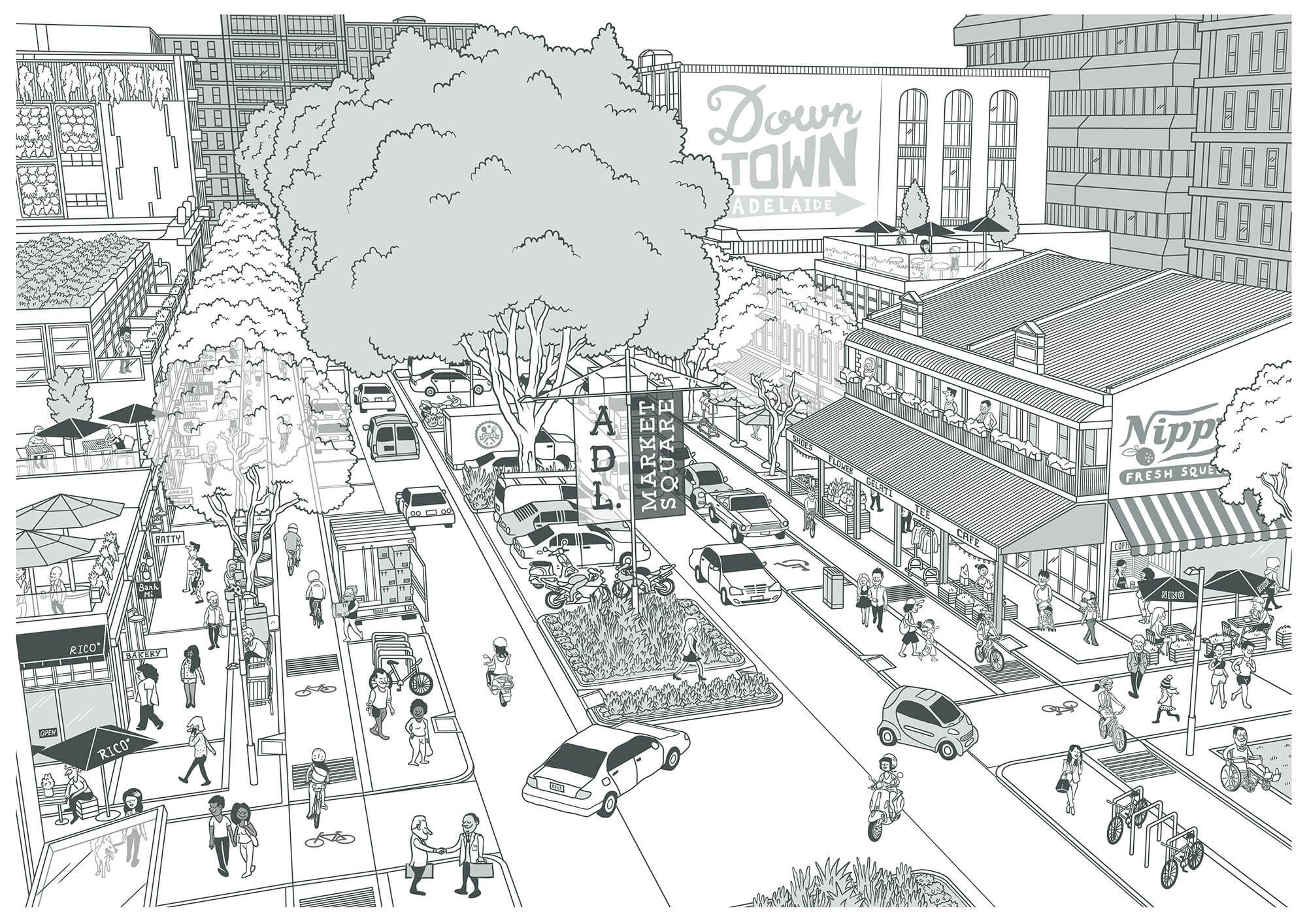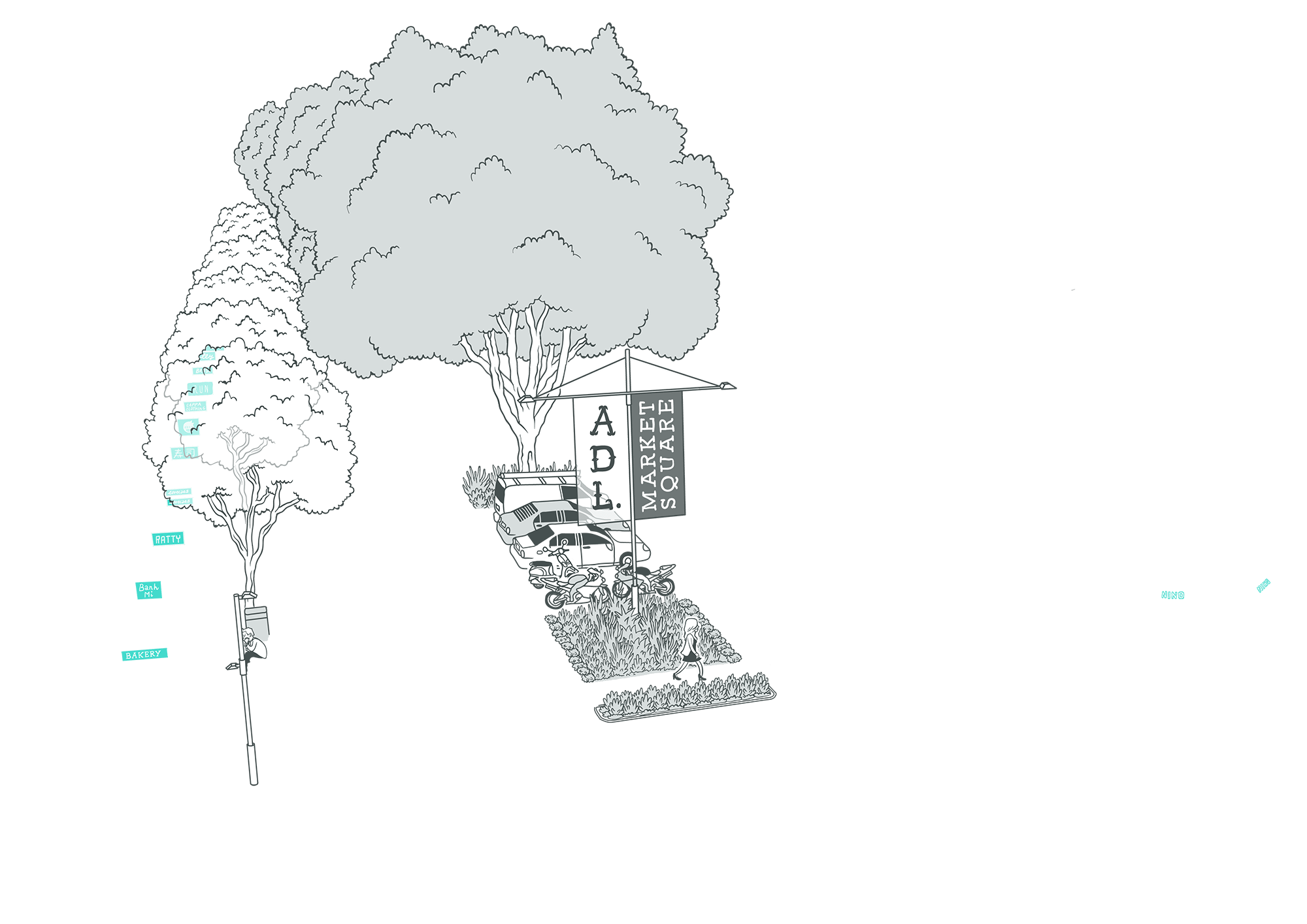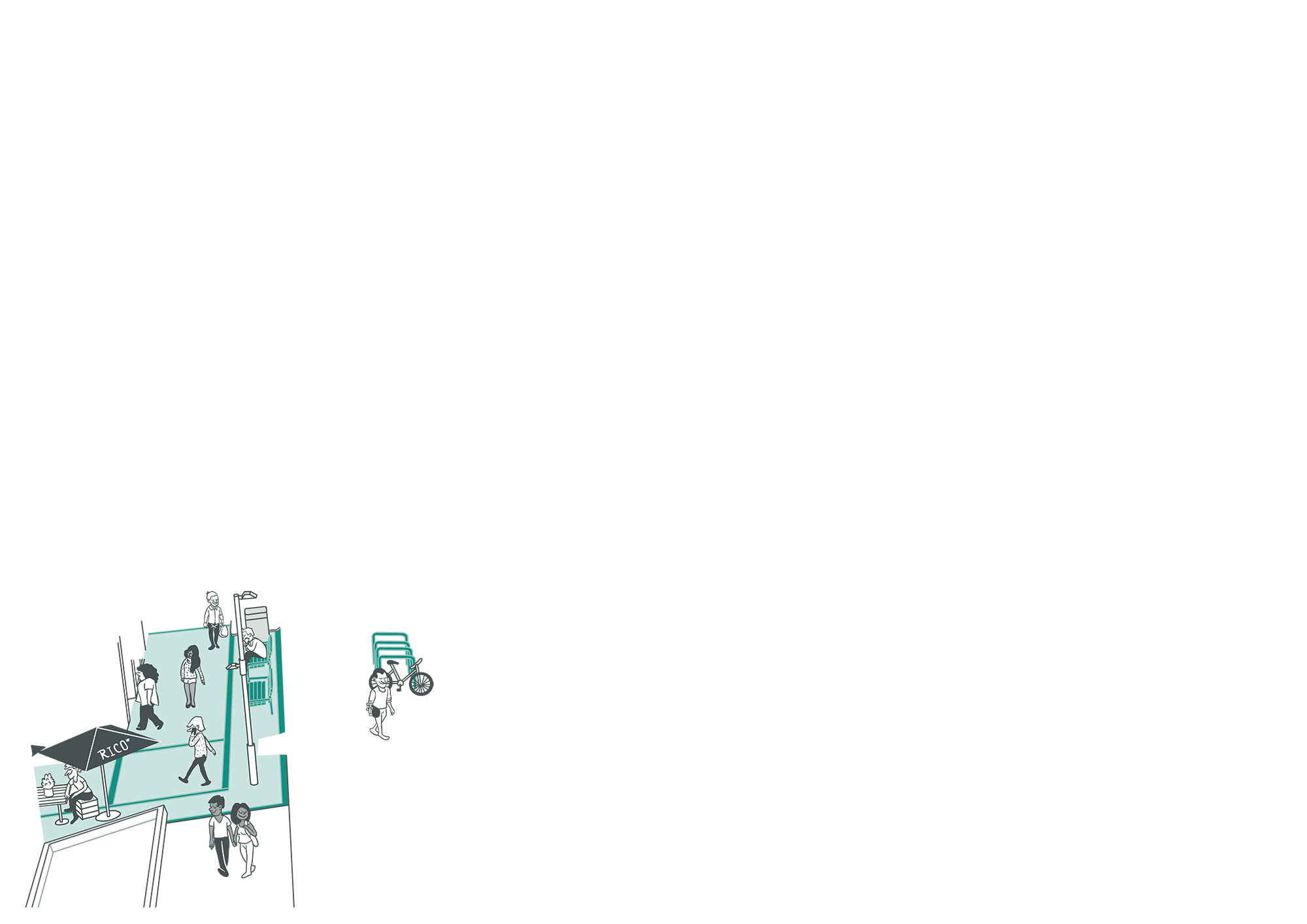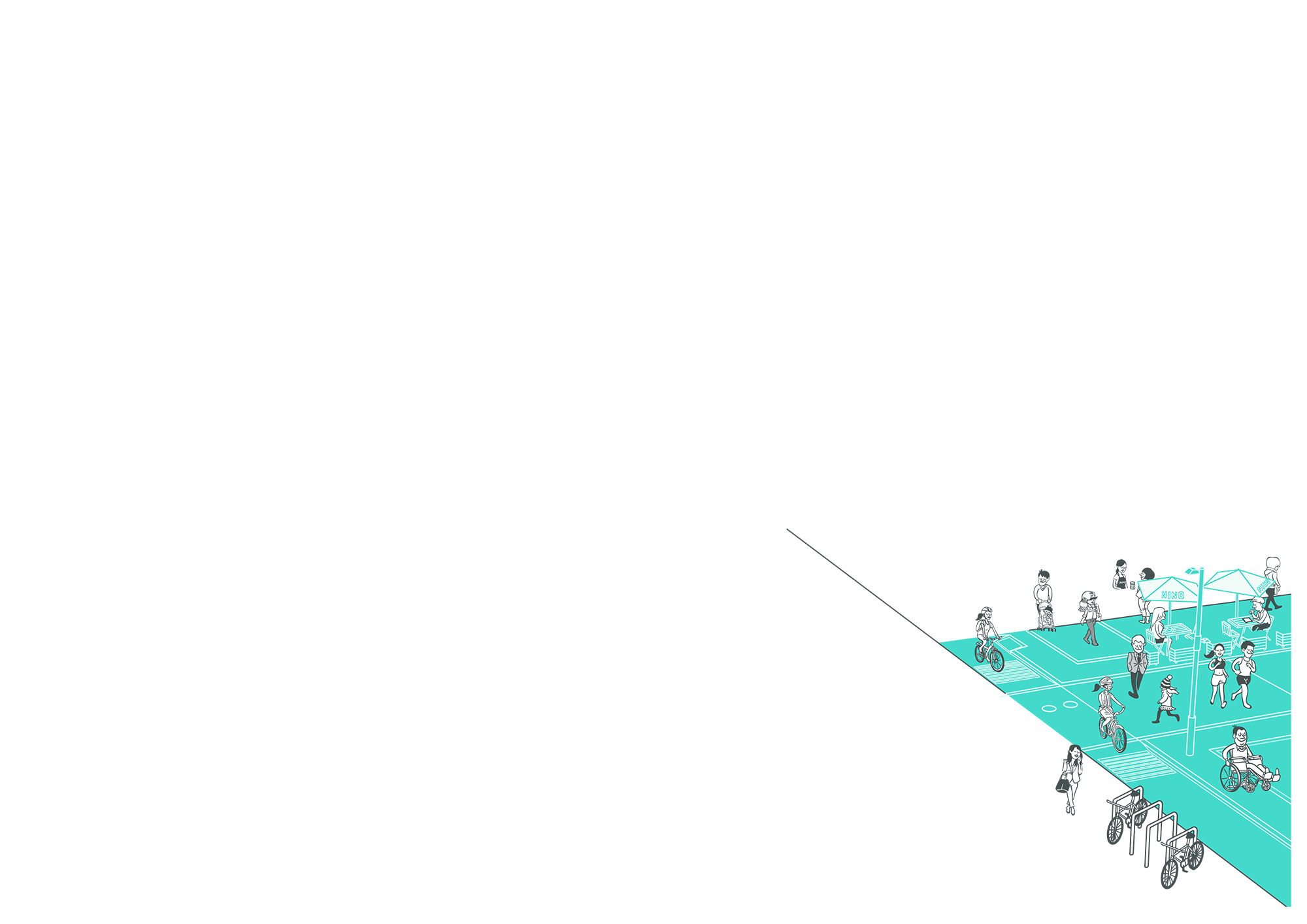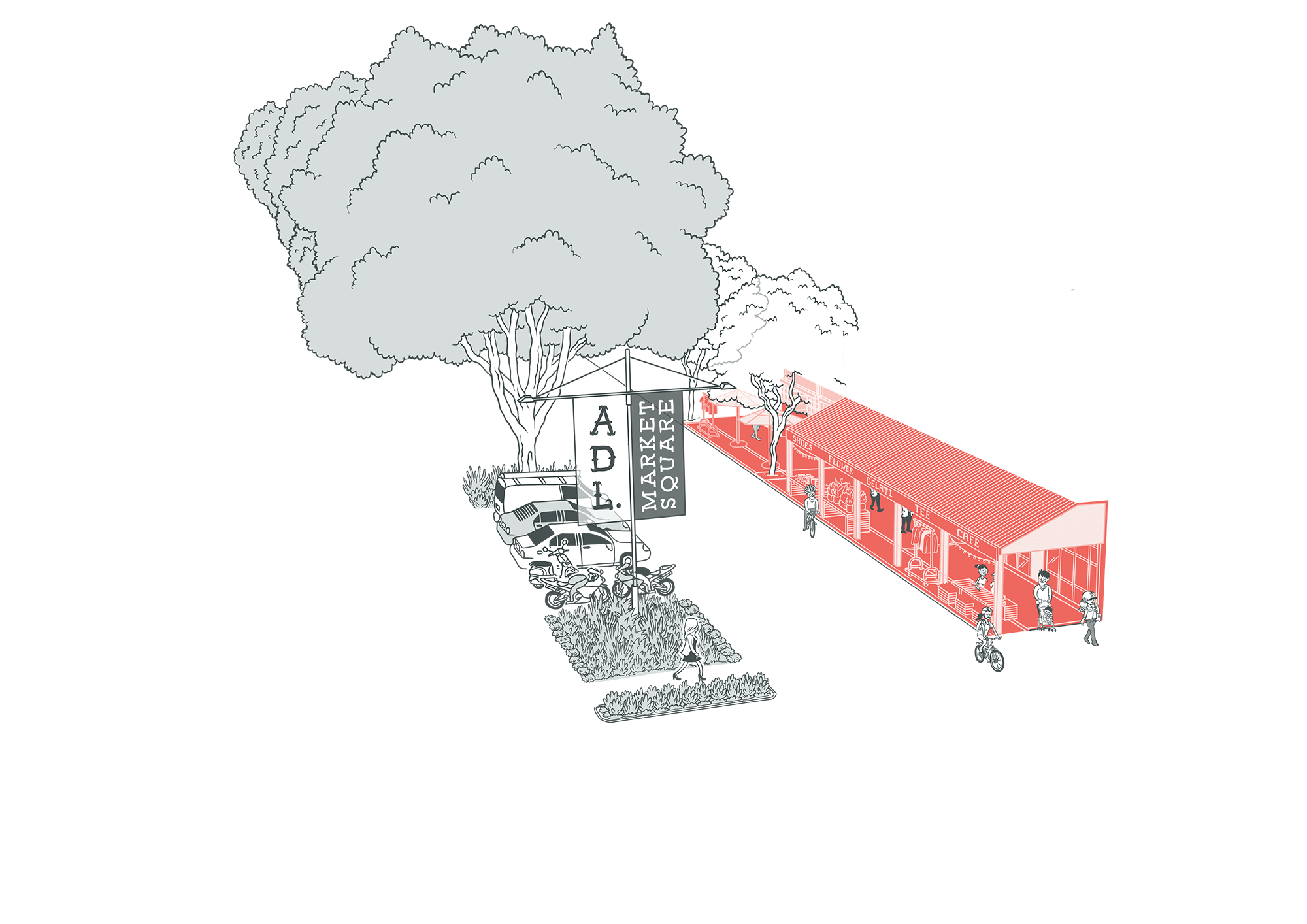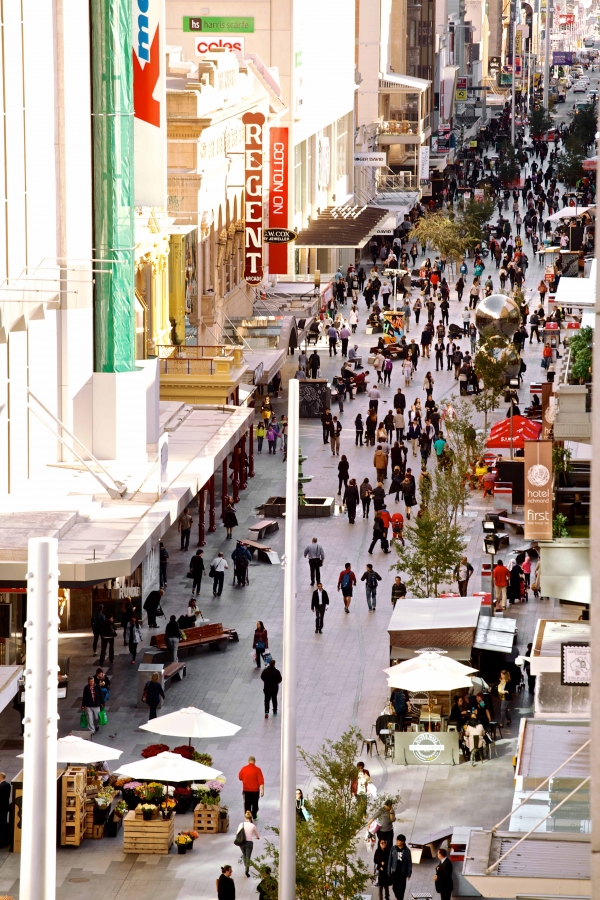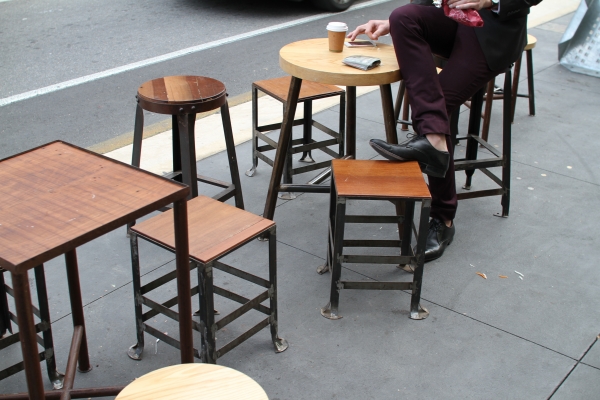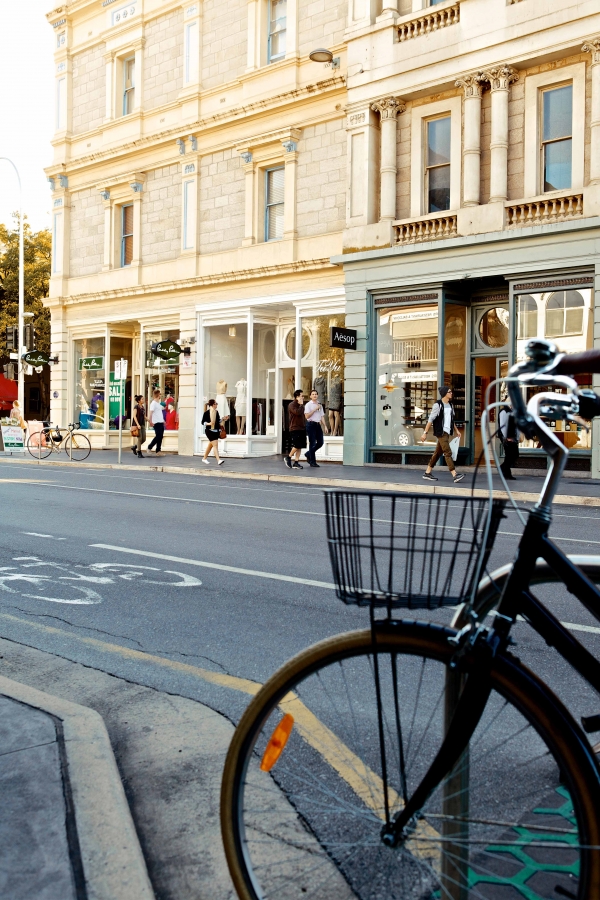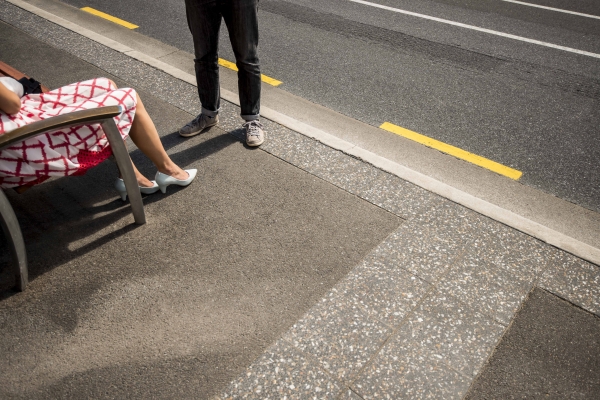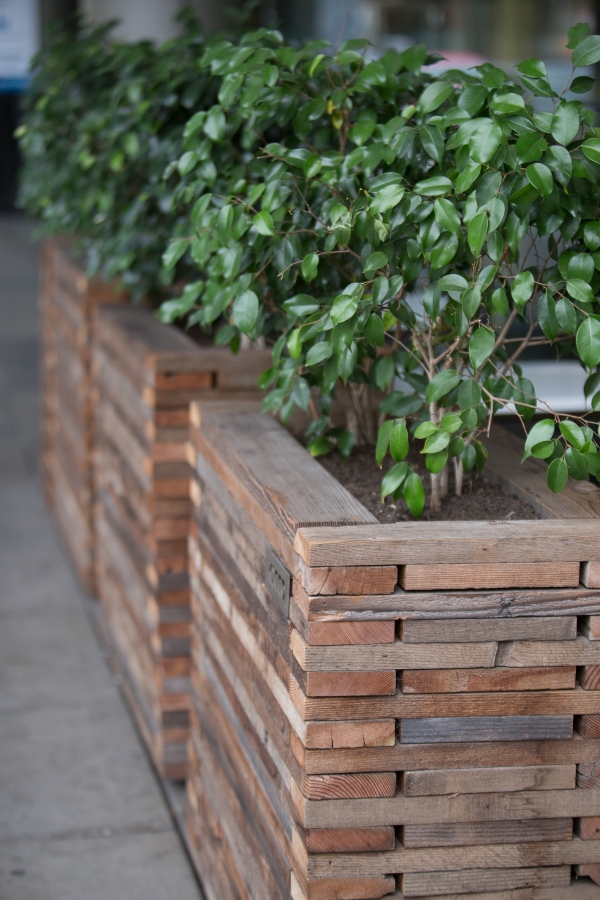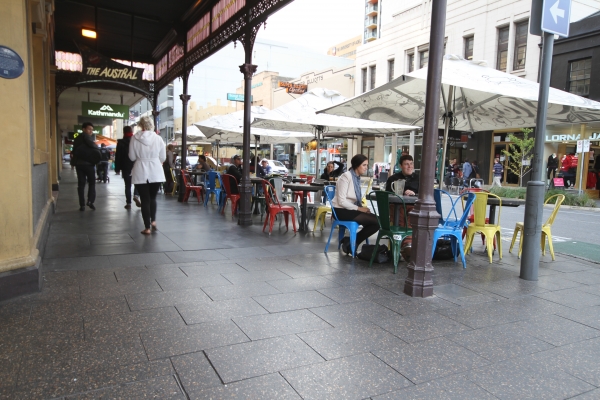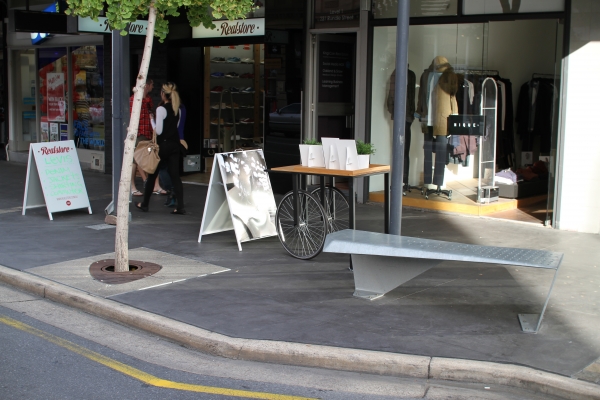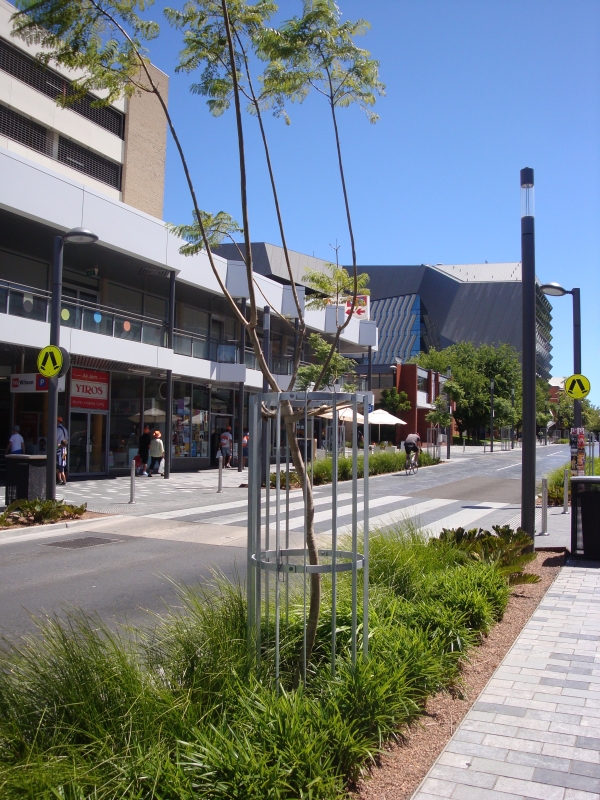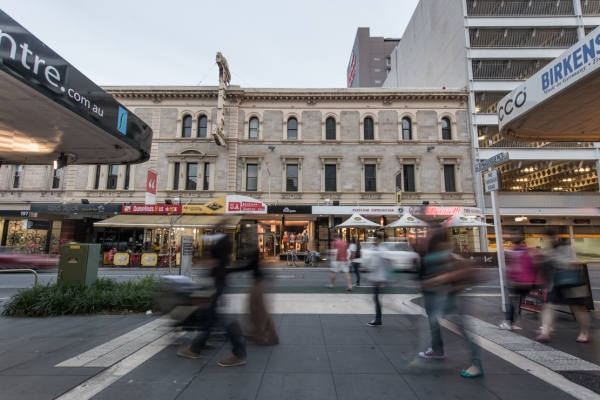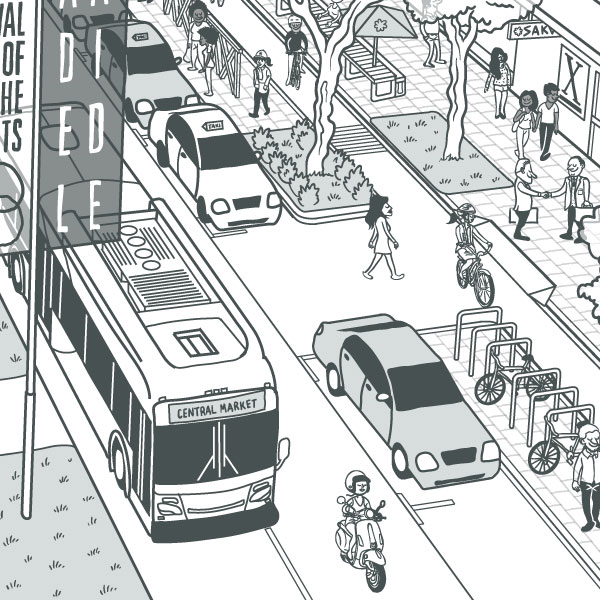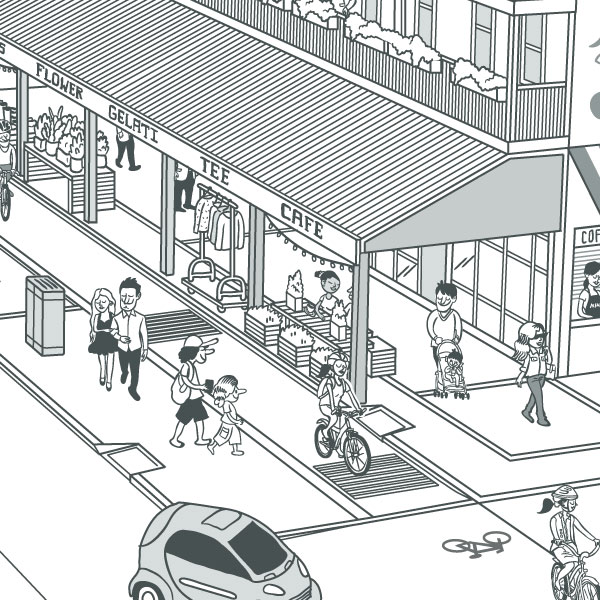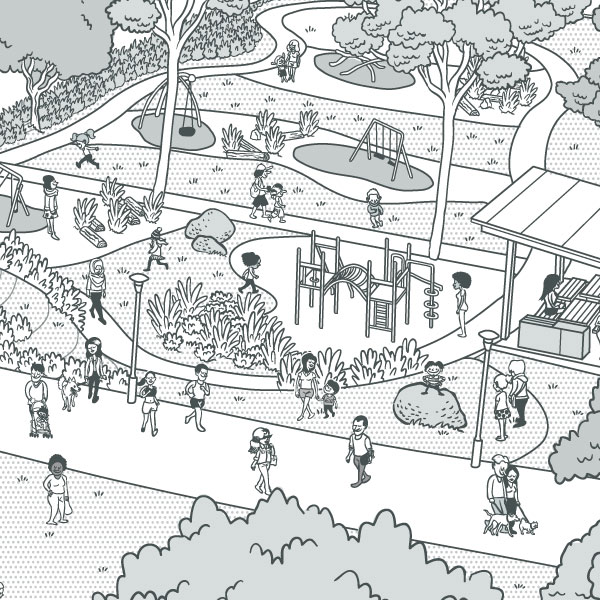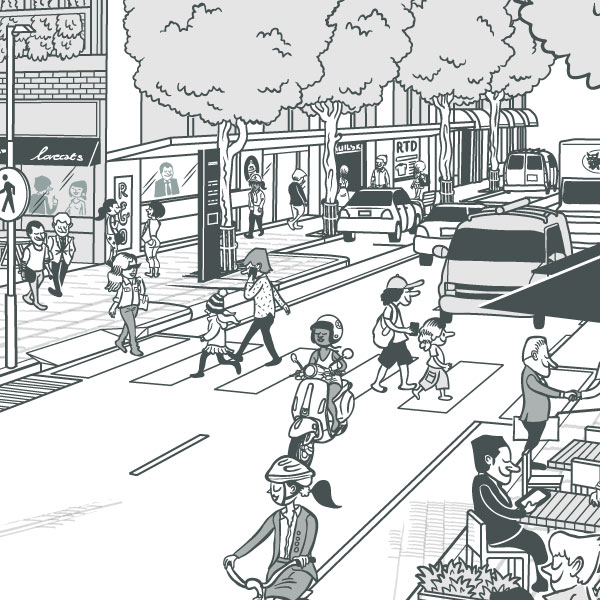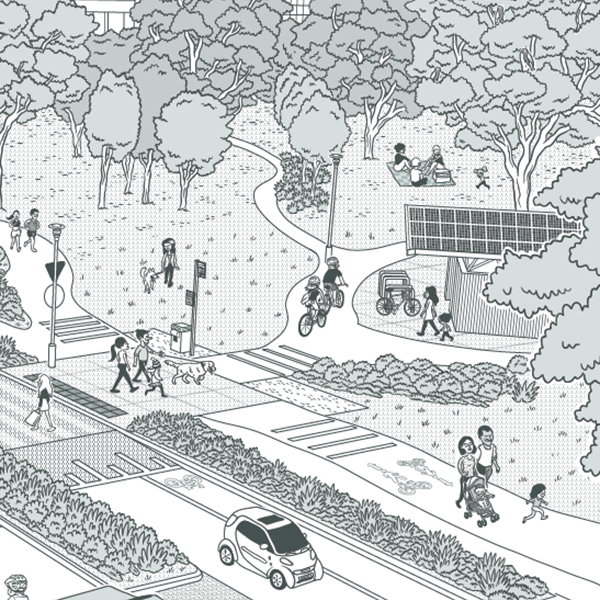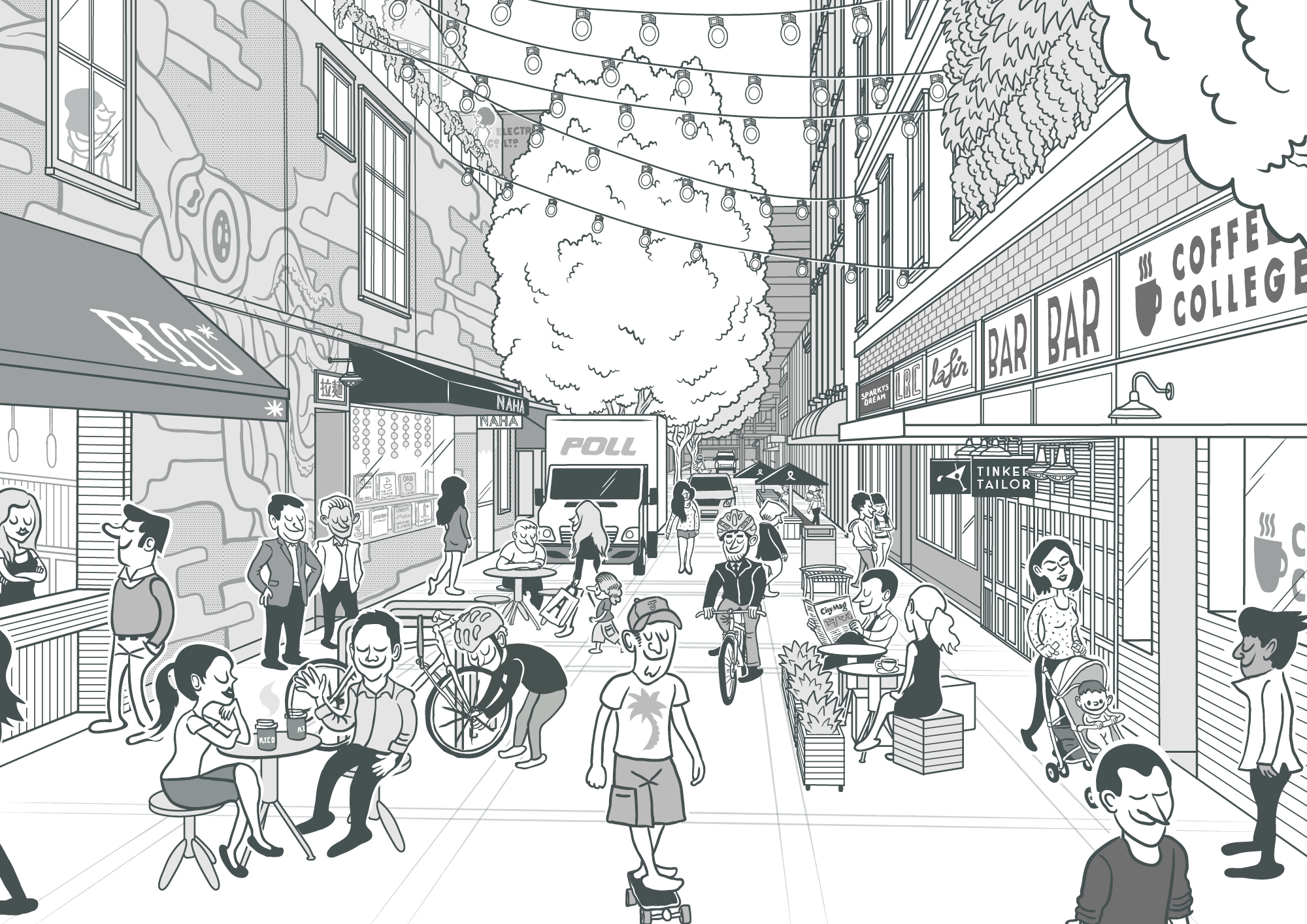Retail Streets provide a direct connection to diverse street uses such modern retail and hospitality. These connections make them dynamic in nature with various types of social and commercial exchange, but they can also be intimate in scale, varied, busy and active.
Retail Streets provide a slower speed environment to ease the movement of pedestrians and help create vibrancy in the area, making them attractive places, economically prosperous and socially rich.
Retail Streets can have a high intensity of activity and as such are robust and flexible to support the streets activities, servicing and maintenance. They cater for different activities such as window shopping, sitting and relaxing, outdoor dining and are used as
meeting places.
